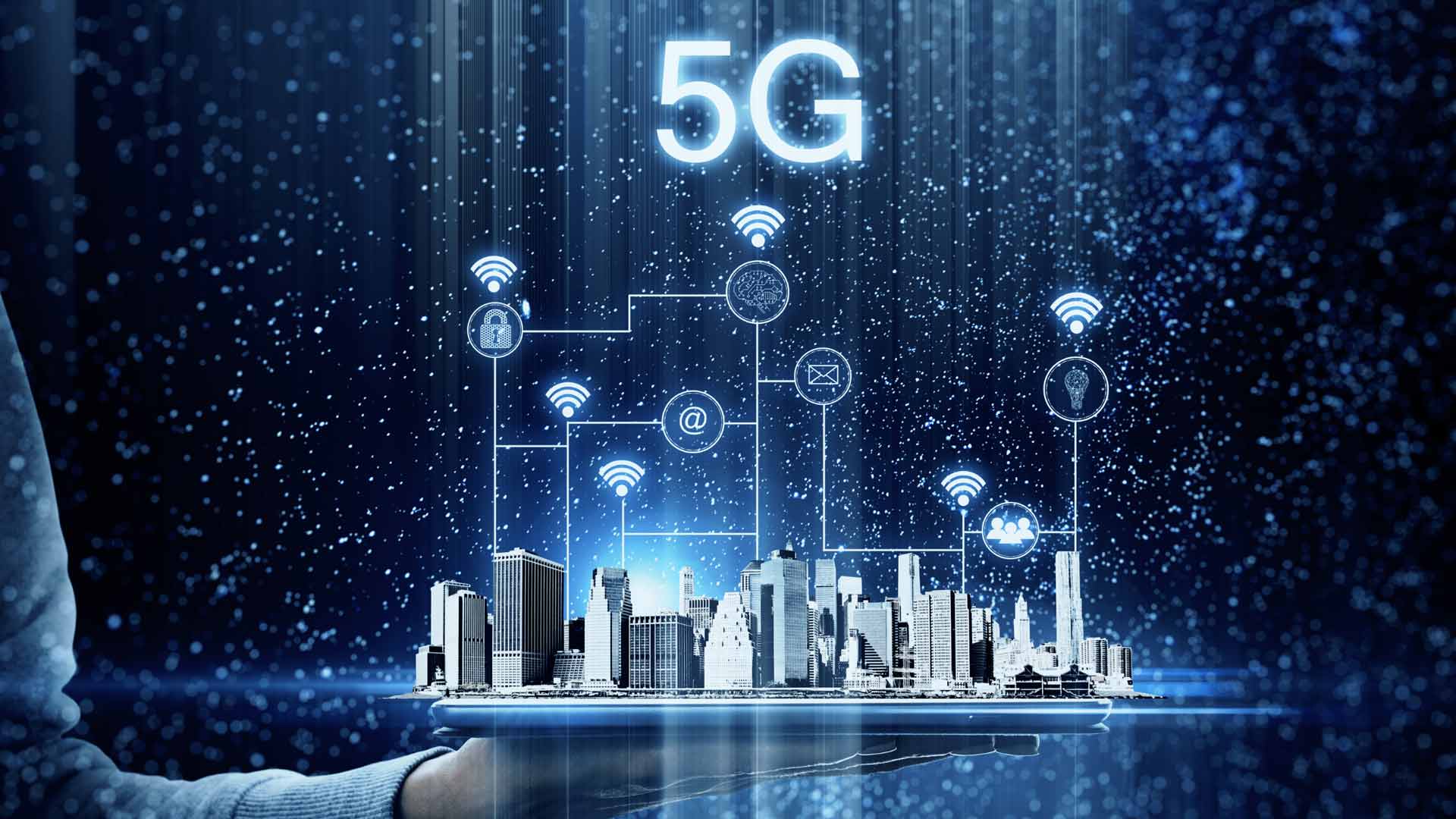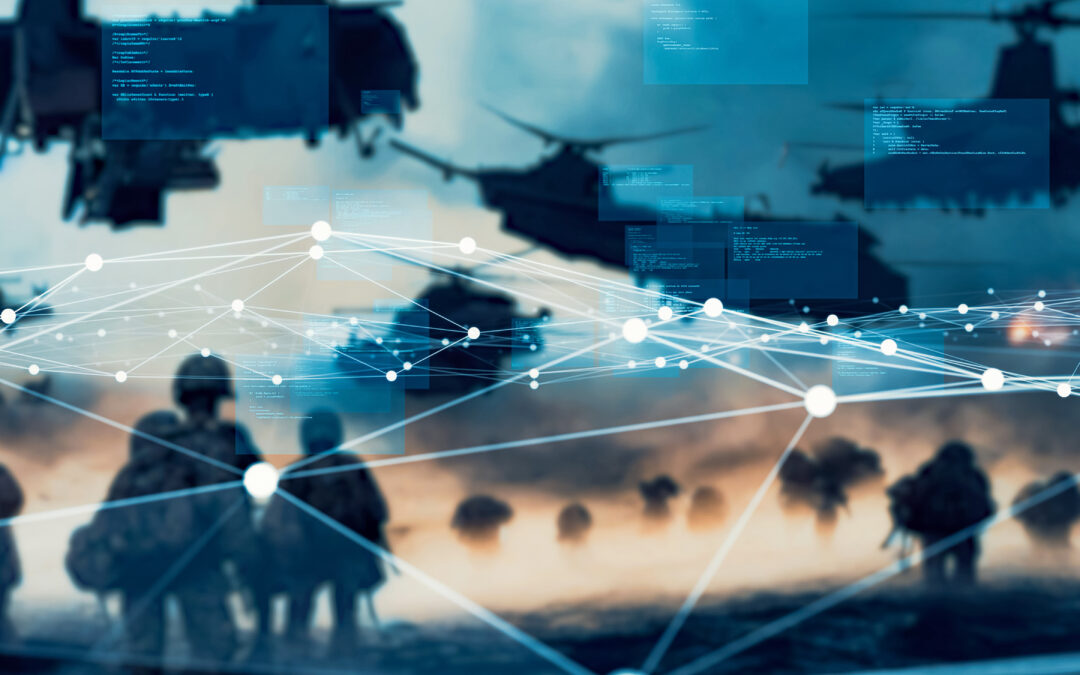By Darren Cummings – President, Performance Defense; Sean Hendrix – Chief Technology Officer, NineTwelve Institute; and Dr. Len Pick – Chief Strategy Officer, NineTwelve Institute
To many, 5G mobile networks mean the ability to stream videos and download Internet content more quickly. However, for business – and the defense sector in particular – the implications of 5G networks are much greater.
This is the first article in a four-part series exploring the implications of 5G for defense and mission critical IoT.
The Implications of 5G Networks
5G is the next generation of mobile networking. It offers significant advantages over 4G and LTE networks, including:
- Speed: Modern 4G/LTE networks have average speeds in the 15-50 Mbps range with a 1 Gbps maximum speed. In contrast, 5G targets an average speed of 50 Mbps and above and a maximum speed of 1-10 Gbps.
- Latency: 4G/LTE networks have an average network latency of 50milliseconds (ms), while 5G networks have an average latency of 10ms and a minimum of about 1ms.
- Device Density: 5G networks can handle roughly 100 times as many devices in the same geographic area without being overloaded.
In essence, 5G networks provide the ability to cheaply connect remote devices to high-speed networks. 5G’s high speeds, low latency, and support for dense networks make it ideally suited to supporting distributed and mobile IoT devices.
5G Opportunities for Defense and Mission-Critical IoT
Organizations worldwide are embracing the potential of 5G networking. Approximately 58% of organizations are in the process of adopting 5G technology, while another 29% are currently preparing to use it.
The U.S. Department of Defense (DoD) is also heavily invested in 5G technology and is pursuing a 5G Strategy Implementation Plan. The DoD’s 5G Strategy states, “5G is a critical strategic technology: those nations that master advanced communications technologies and ubiquitous connectivity will have a long-term economic and military advantage.”
The DoD’s belief is that 5G technology will have a similar impact as radar technology did during World War II. Its 5G Strategy includes three primary goals:
- Advance U.S. and partner 5G capabilities
- Promote awareness of 5G risks to national security
- Develop approaches to protect 5G infrastructure and technologies.
The DoD plans to actively pursue and support the development of 5G use cases within the defense sector, including defining and funding 12 sites as testbeds for 5G technology. Some major applications of 5G technology for defense include:
- Smart Energy: Disruptions to the energy grid, whether natural or intentional, pose a significant threat to national security and public health. IoT devices connected to 5G networks can help to optimize power distribution, maximizing the resiliency of the grid.
- Smart Logistics: Tracking and optimizing the distribution of materiel and personnel is a hard problem. With 5G-connected IoT devices, the exact location of resources can be queried in real-time, and logistics can adapt more easily on the fly in response to evolving situations.
- UAVs/Drones: UAVs and drones can capture high-resolution video feeds, but access to imagery can be limited by available network infrastructure. With 5G, real-time access to high-quality video data is possible wherever 5G networks are available.
Many of these 5G use cases are not unique to the defense sector. For example, smart logistics and smart warehousing are dual-use applications that exist across multiple industries. This enables defense innovations to leverage innovation in the private sector around 5G technology.
Pursuing 5G Technology Securely
5G mobile networks offer significant benefits for defense and mission-critical IoT. High data speeds, low latency, and support for dense and mobile devices make it possible to deploy IoT devices in locations where it was previously impossible or infeasible to do so.
However, 5G technology also carries risk. Before adopting 5G technologies for mission-critical applications, it is vital to understand the security implications and best practices for mitigating or eliminating these risks.
We will explore these challenges and how they can be overcome in the rest of our four-part series, including:





